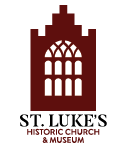King Charles I inherited from his father, James I (also referred to as James VI of Scotland), a divided kingdom when it came to matters of religion. England was also the ruler of Presbyterian Scotland and the largely Catholic Ireland. Closer to home, there were many dissenting groups; Brownists, Diggers, Levellers, and Enthusiasts just to name a few. Religion was generally seen as a unifying element of society prior to the Reformation, however, now religion was the cause of much discord and even violence. Charles I was determined to achieve uniformity under the Church of England and its new reforms under Bishop William Laud. Laud preferred the movement within the English Church known as “Arminianism” which favored ritual over sermons, strict use of the Book of Common Prayer, and a theology contrary to the Calvinism popular among many dissenting groups and the Presbyterians in Scotland.
In 1639 the strains of religious diversity broke with the Bishop’s Wars in Scotland. Ironically, no Bishops were involved in the conflict. Rather, when Charles I tried to impose the Episcopate (a church polity ruled by Bishops) Scotland rebelled openly. The Presbyterian Scots preferred church rule by Presbyteries, which consisted of clergy and lay elders. The Kirk, as the Scottish Church was known, eschewed anything that might smack of the Roman Catholic structure that they would refer to as “Popery.” The Covenanters, as the Scottish anti-episcopate group was known, raised troops to oppose any army coming from England. Charles I needed funding for this war and Parliament was not eager to grant it, being in sympathy with the Covenanters. While Charles’ force was largely untrained and inexperienced, the Scots were a seasoned army, having fought in numerous European battles, and were led by Alexander Leslie, a veteran of the Thirty Years War. A small skirmish took place at Brig of Dee and was a victory for the Scots. Charles attempted to subdue the Scottish revolt in 1640 which was an even greater disaster than the previous year. The Scots invaded Northern England and occupied it until they could receive favorable terms. Seeing the vulnerability of King Charles, the Irish rebelled in 1641 seeking to end the discrimination against Roman Catholics in that land. The Irish revolt would eventually be subdued, but not until a bloody Civil War would lead to the execution of Charles I and a period known as the Interregnum. Religious strife would continue long after the 17th century and continues to be a source of conflict to this day.
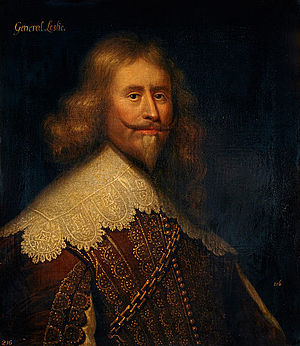
Above: A portrait of Alexander Leslie, the commander of the Scottish Forces against Charles I.
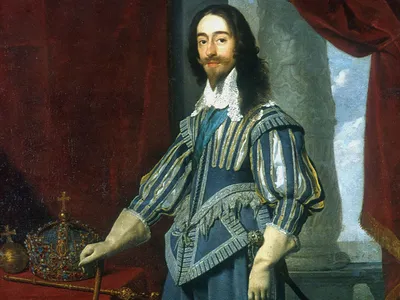
Above: A portrait of Charles I, King of England, Ireland, and Scotland.
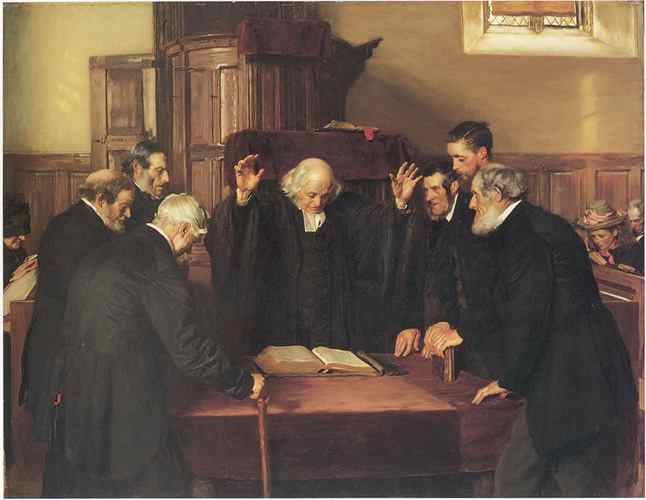
Above: Scottish Kirk; made up of Ministers and Elders.
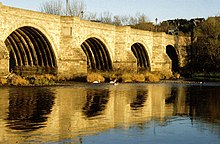
Above: Brig O Dee (Bridge of Dee) Battle in the First Bishops War of 1639.
Enjoy this article? Please consider supporting St. Luke’s with a donation!
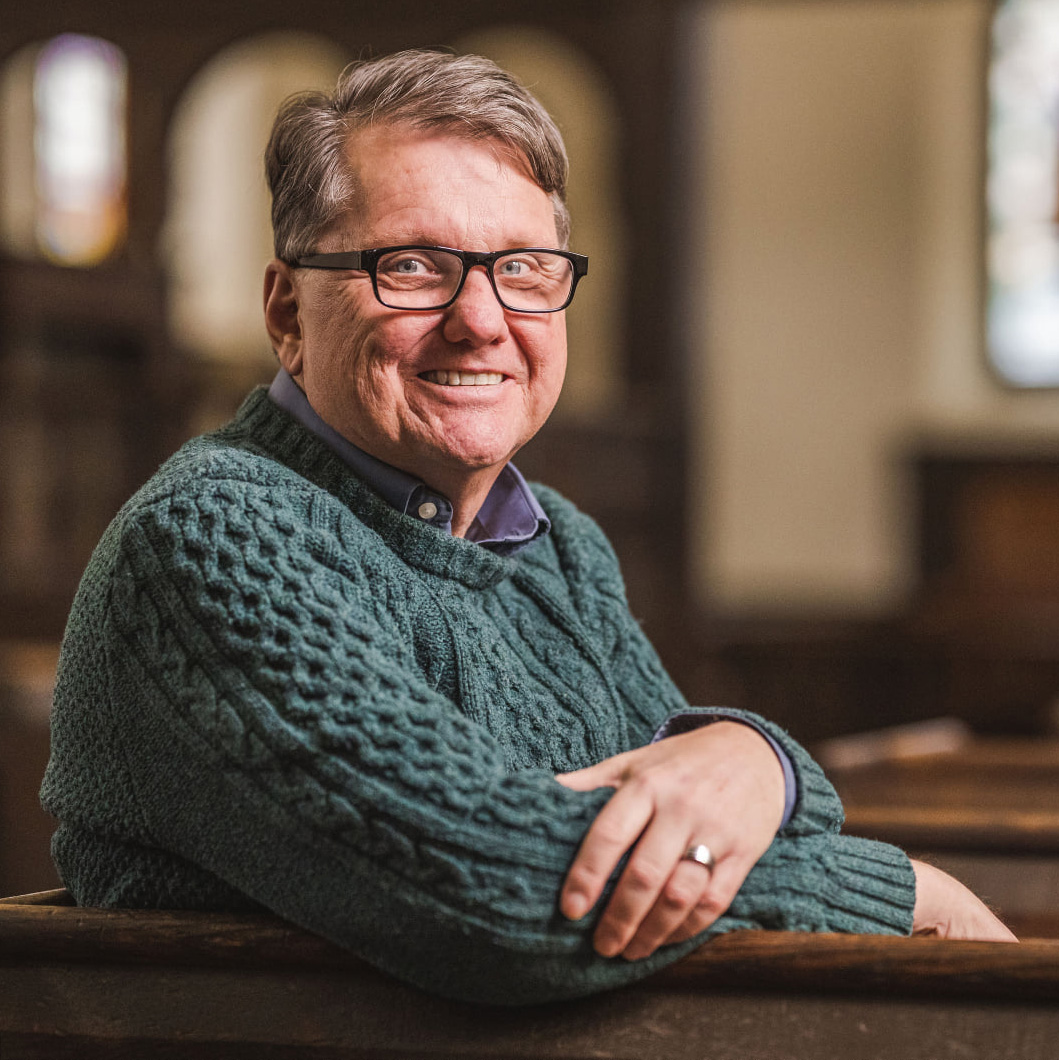
About the Author
John Ericson is the Education Coordinator and a Public Historian for St. Luke’s Historic Church & Museum. John holds a degree in History from Roanoke College and a Masters of Divinity from the Lutheran Theological Seminary at Gettysburg. In addition to John’s role at St. Luke’s, he is the Pastor of Reformation Lutheran Church in Newport News, Virginia. John is married to Oneita Jamerson Ericson, a native of Isle of Wight County, Virginia. They have three sons, Matthew, Thomas, and James, as well as two granddaughters, Carys and Lennon. The Ericsons currently resides in Hampton, Virginia. John has been teaching Reformation History and the Early American Religious Experience for more than thirty years.
